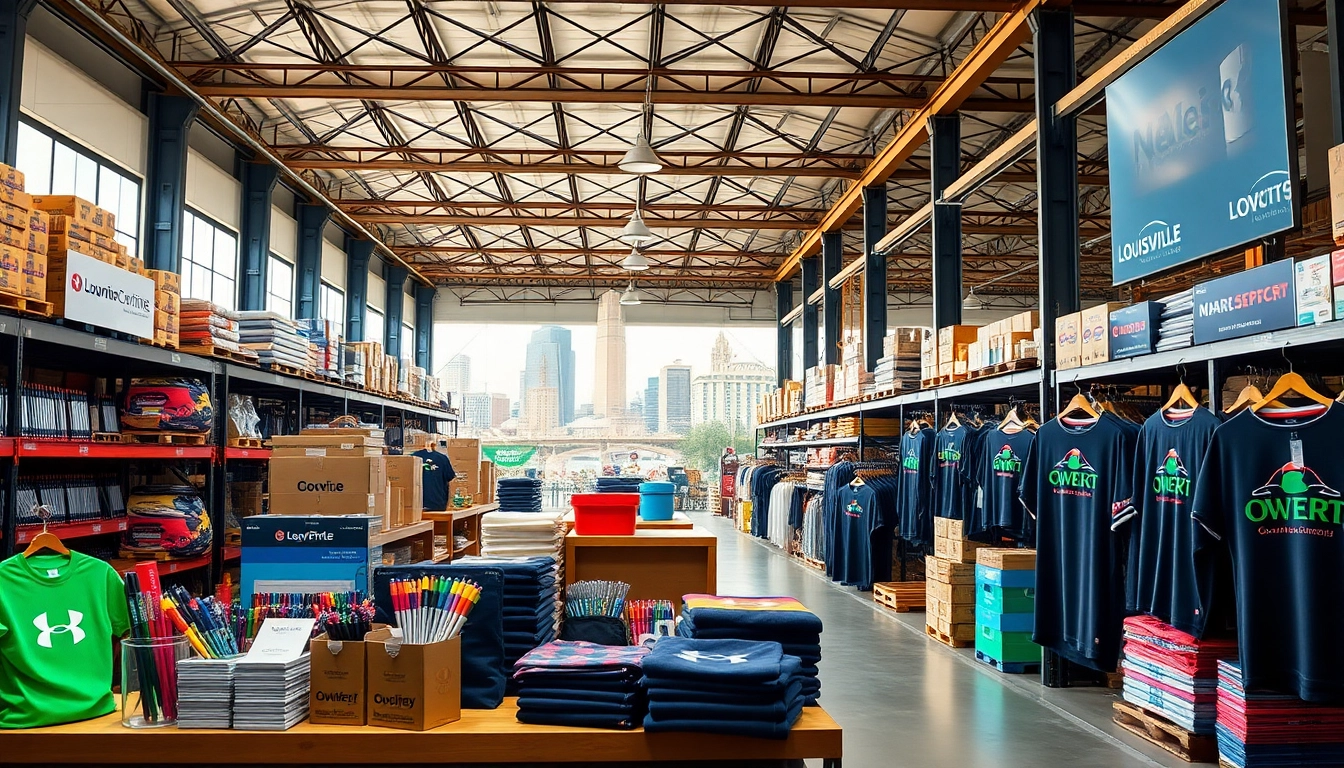
Comprehensive Guide to Boom Lift Rental: Types, Factors, Safety, Costs, and Best Practices
In the dynamic world of construction, maintenance, and industrial operations, access to elevated areas is often a critical component of project success. Boom lifts, also known as cherry pickers or aerial work platforms, have revolutionized high-access tasks by providing safe, versatile, and efficient means of reaching various heights. As demand for these machines grows, so does the market for boom lift rental, offering organizations flexible, cost-effective solutions tailored to specific project needs. Whether you are planning a large-scale construction project, indoor maintenance, or event setup, understanding the nuances of boom lift rental is essential for optimizing safety, efficiency, and budget management.
For those seeking reliable equipment and expert guidance, explore the options available at Boom lift rental. This comprehensive guide delves deeply into the different types of boom lifts, factors influencing rental decisions, safety considerations, cost analysis, and best practices to maximize your investment and project outcomes.
Understanding Boom Lift Rental: Types and Uses
Different types of boom lifts available for rent
Boom lifts come in various configurations tailored to specific work environments and height requirements. The primary types include articulating boom lifts, telescopic (straight) boom lifts, and specialized tracked or mounted models. Understanding these variations enables you to select equipment that best fits your project demands.
Articulating Boom Lifts
Also known as knuckle booms, articulated boom lifts feature multiple jointed sections allowing the platform to deploy both vertically and horizontally. They excel in confined spaces, complex architectural structures, or indoor environments where maneuverability is crucial. These lifts typically offer working heights from around 8 meters up to 21 meters, making them suitable for tasks such as maintenance, electrical work, and detailed construction projects.
Telescopic (Straight) Boom Lifts
Telescopic boom lifts extend in a straight line, providing maximum outreach and height. Their primary advantage is the ability to reach greater heights—up to 60 meters or more—making them ideal for outdoor construction, building façade work, and large-scale installations. They are valued for their stability and load capacity, often supporting heavier tools or multiple operators.
Tracked and Mounted Boom Lifts
Tracked boom lifts are equipped with robust treads, allowing stable operation on uneven terrain or rough outdoor sites. Mounted versions are fixed to trucks or trailers, providing mobility across multiple locations and quick deployment for various tasks.
Common applications in construction, maintenance, and events
Boom lifts are indispensable across many sectors. Construction companies use them to install windows, façade panels, and roofing while ensuring worker safety at elevated heights. Maintenance crews rely on boom lifts for building repairs, electrical work, and façade cleaning, especially in hard-to-reach areas. Event organizers utilize boom lifts for stage lighting, aerial photography, and setup, capitalizing on their quick deployment and flexibility. The versatility of boom lifts underscores their significance in both indoor and outdoor environments, making rental options highly appealing for project managers seeking efficiency and safety.
Choosing the right boom lift based on project requirements
Selecting the appropriate boom lift hinges on specific project parameters including height, workspace constraints, terrain, and load requirements. Conducting a thorough assessment upfront ensures optimal equipment choice, minimizes rental costs, and enhances safety.
- Height and outreach needs: Determine the maximum working height and horizontal reach necessary to avoid over- or under- procuring equipment.
- Indoor vs outdoor usage: Indoor projects often demand electric or hybrid models to reduce emissions and noise, whereas outdoor tasks may require diesel or gas-powered lifts with sturdier build qualities.
- Space constraints and maneuverability: Narrow spaces favor compact articulating booms with flexible joint articulation, while open outdoor areas support larger telescopic models.
- Load capacity: Consider the weight of tools, materials, and personnel to select a lift with sufficient platform capacity.
- Terrain considerations: Rugged sites necessitate tracked boom lifts or specialized models to ensure stability and safety.
Key Factors to Consider When Renting a Boom Lift
Working height and platform capacity specifications
Accurate knowledge of the maximum working height is critical. Overestimating can lead to unnecessary costs, while underestimating risks safety and project timelines. Platforms usually specify load capacities—these include personnel, tools, and materials. Overloading platforms compromises safety and machine stability, so always adhere strictly to manufacturer guidelines.
Indoor vs outdoor rental options and terrain considerations
The environment heavily influences equipment selection. Indoor projects favor electric boom lifts due to zero emissions and quieter operation, which is vital in enclosed spaces. For outdoor or uneven terrains, diesel-powered, rough-terrain models equipped with all-terrain tires or tracks provide stability and mobility. Employing rental equipment suited to the terrain minimizes downtime and enhances safety.
Power sources: electric, hybrid, gas, or diesel advantages
Choosing the right power source affects operational costs, environmental impact, and suitability:
- Electric: Zero emissions, low noise, ideal for indoor use, and low maintenance. Limited by battery life, suitable for shorter jobs.
- Hybrid: Combines electric and fuel power, offering flexibility for indoor-outdoor use and extended operation.
- Gasoline: Portable with good mobility, suitable for outdoor, short-term tasks but with higher emissions and noise.
- Diesel: Optimal for large outdoor projects requiring robust power and long operating hours, though less suited for confined spaces.
Ensuring Safety and Compliance During Boom Lift Rental
Operator training and certification requirements
Proper operator training remains the cornerstone of safe boom lift operation. Certification programs, such as IPAF or PAL, ensure operators understand equipment controls, safety features, and hazard mitigation. Many regions mandate formal certification for boom lift operators, and rental companies often provide or recommend training courses. Investing in certified personnel reduces accident risks and legal liabilities.
Inspection, maintenance, and safety features to look for
Regular inspections before and during use ensure equipment integrity. Essential safety features include emergency stop buttons, overload sensors, limit switches, and stabilizers. Renters should verify that machines undergo routine maintenance, inspection records are available, and safety devices are operational. Conducting a pre-use visual inspection for structural damage, hydraulic leaks, tire condition, and controls is critical for safe operation.
Legal standards and risk management best practices
Adhering to OSHA or UK Health and Safety Executive (HSE) standards is mandatory. Best practices include establishing a site safety plan, maintaining safe work distances, and ensuring ground stability. Use of personal protective equipment (PPE), such as helmets, harnesses, and high-visibility clothing, complements safe lift operation. Implementing traffic management plans and clear signage further mitigates site risks.
Cost Analysis and Booking Tips for Boom Lift Rental
Understanding rental pricing and additional fees
Rental costs typically depend on machine type, height, rental duration, and setup complexity. Daily rates may range from £150 to over £500, while weekly and monthly discounts are common. Additional fees may apply for delivery, setup, operator provision, or extended hire periods. Request detailed quotes and clarify all charges upfront to avoid surprises.
Estimating project duration and maximizing rental value
Accurate scheduling minimizes rental costs. Overestimating duration leads to unnecessary expenses, while underestimating risks project delays. To maximize value, leverage pre-booking during peak seasons, combine equipment rentals when possible, and opt for flexible rental periods aligned with project timelines.
Secure booking and availability tips for urgent needs
Advance booking guarantees equipment availability, especially during busy periods. For urgent projects, establish relationships with rental providers, specify exact requirements early, and consider rental companies with nationwide delivery options. Utilizing online booking platforms can expedite the process, ensuring timely equipment deployment.
Maximizing Efficiency and Performance with Your Boom Lift Rental
Preparation steps for quick setup and operation
Effective preparation streamlines operations. This includes site assessment (checking ground conditions, overhead obstructions, and access routes), verifying equipment condition, and ensuring all safety features are functional. Conduct on-site orientation with operators, review safety procedures, and prepare necessary PPE and tools in advance.
Best practices for safe and productive usage
Operate within manufacturer limits, maintain stable positioning, and avoid sudden movements or overreaching. Use outriggers or stabilizers on uneven surfaces. Keep communication clear among team members, utilize spotters when necessary, and avoid working in adverse weather conditions such as high winds, rain, or lightning.
Maintenance and troubleshooting to reduce downtime
Routine maintenance during project downtime prolongs equipment life. Basic checks include hydraulic fluid levels, battery charge, tire or track condition, and control responsiveness. Troubleshooting common issues—such as electrical faults or mechanical jams—should follow manufacturer guidelines or involve qualified technicians to minimize delays.







